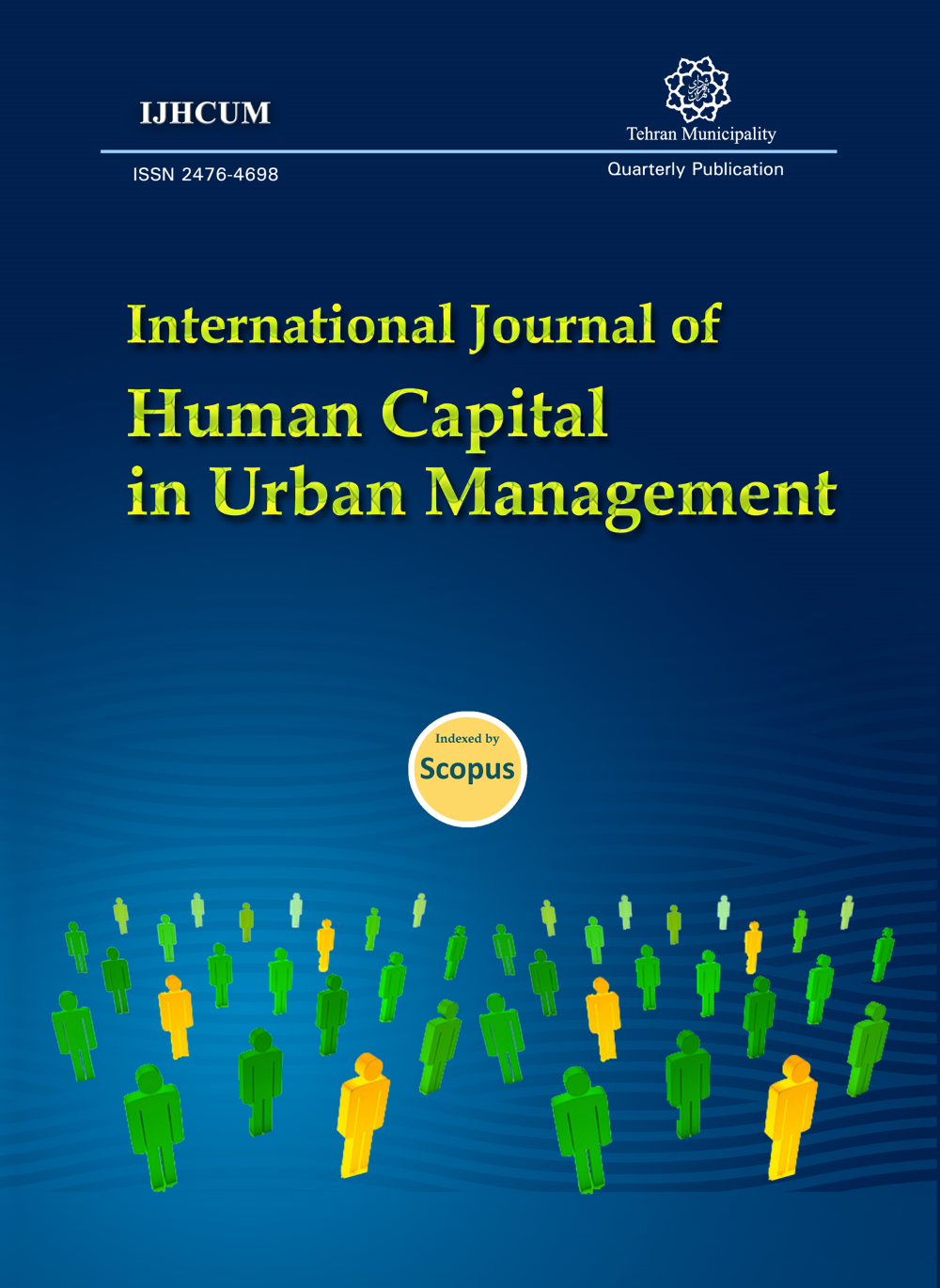Document Type : CASE STUDY
Authors
1 Department of Human Resources Management, Faculty of Organizational Resources Management, Amin University, Tehran, Iran
2 Department of Basic Sciences and Engineering, Faculty of Organizational Resources Management, Amin University, Tehran, Iran
Abstract
BACKGROUND AND OBJECTIVES: Star Employees are high performers who have little chance of staying with an organization unless they can get more value than what they have created. Identifying and keeping star employees is the concern of many organizations today. This research seeks to identify the factors that Retention organizational stars.
METHOD: This research was conducted using a mixed method. First, using the qualitative method of content analysis, the dimensions of the star employee model and their retention techniques were identified, and then confirmed by the structural equation modeling method of the star employee model, and finally, after identifying the star employees, the retention techniques was extracted using the fuzzy Delphi technique. The statistical population of this study consists of Petroleum engineering and development company managers and their subordinate Star employees. To collect data, the purposeful sampling method was used with 8 selected experts through a questionnaire in person.
FINDINGS: Research findings showed that the Star employees are people with six characteristics: performance (β = 0.865, p < 0.01), visibility (β = 0.737, p < 0.01), social capital (β = 0.537, p < 0.01), status (β = 0.891, p < 0.01), creativity (β = 0.905, p < 0.01) and rareness and inimitability (β = 0.913, p < 0.01). Also, 16 indicators were identified as the retention factors of Star employees by fuzzy Delphi method. These factors were classified in the form of two dimensions "focus on the individual/organization" and "short-term/long-term time".
CONCLUSION: Based on the research results, in order to retention star employees, organizations should use different techniques: job design in such a way that there is freedom of action, work independence and flexibility, creating a flexible and creative work environment, creating a flexible and agile organizational structure and to benefit from a learning organization with a suitable social position, so that they can benefit from their capabilities and capacities in realizing organizational goals.
Keywords
Main Subjects
OPEN ACCESS
©2024 The author(s). This article is licensed under a Creative Commons Attribution 4.0 International License, which permits use, sharing, adaptation, distribution and reproduction in any medium or format, as long as you give appropriate credit to the original author(s) and the source, provide a link to the Creative Commons license, and indicate if changes were made. The images or other third-party material in this article are included in the article’s Creative Commons license, unless indicated otherwise in a credit line to the material. If material is not included in the article’s Creative Commons license and your intended use is not permitted by statutory regulation or exceeds the permitted use, you will need to obtain permission directly from the copyright holder. To view a copy of this license, visit:
http://creativecommons.org/licenses/by/4.0/
Publisher's note
Tehran Urban Planning and Research Centre remains neutral with regard to jurisdictional claims in published maps and institutional afflictions.
CURRENT PUBLISHER
Tehran Urban Research and Planning Center: Tehran Municipality


Send comment about this article